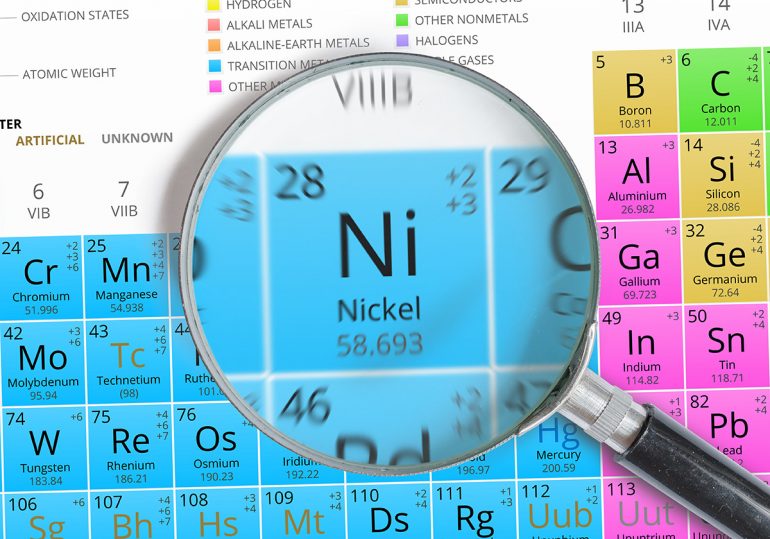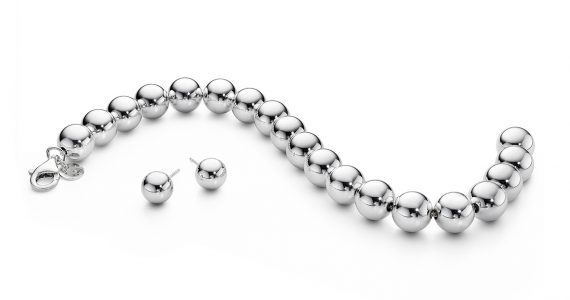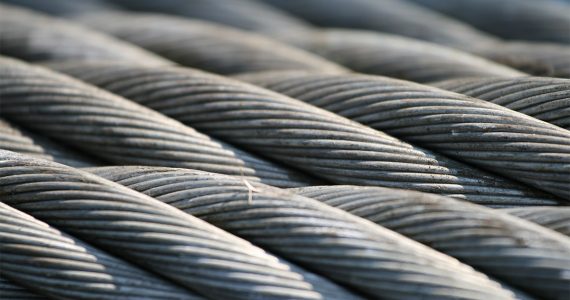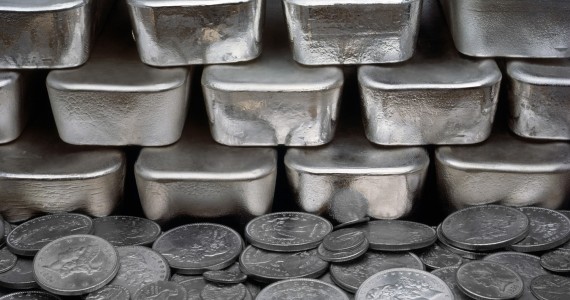Nickel prices have been very low over the last few years, and nickel investors have fretted about this for the longest time. At least they don’t have to worry that there will be a drastic drop in demand for the metal. It is one of the most crucial commodities for rapidly industrializing countries, and about 60% of all new nickel sold goes into the production of stainless steel. Nickel is used to construct buildings enable power generation, and manufacture items such as mobile phones, vehicles, food preparation equipment, and medical devices.
Grater industrialization requires more nickel, and industrialization doesn’t really stop. It’s why the use of nickel always goes up about 4% a year, while the need for stainless steel (which contains 8 to 12 percent nickel) grows by about 6% yearly.
So why are nickel prices down over the last few years? The answer is actually simple, and it’s all about the supply and demand.
Balancing Supply and Demand
As every student of elementary economics knows, the prices of commodities in the market depend greatly upon the levels of supply and demand. It applies to nickel prices too. The price goes up if demand goes up more people buy more nickel for their needs, or of the supply goes down and there’s not enough nickel to go around. The key to really raising prices is to have a deficit—the level of demand should be greater than the available supply.
The trend over the last few years has had the supply much greater than the demand. But according to the International Nickel Study Group, that’s changing slowly. In 2014, the primary use for nickel reached 1.873 million tons in 2014, but the world primary production was 1.989 million tons for a surplus of 116,000 tons.
The gap was reduced in 2015, when the nickel demand increased to 1.89 million tons while the production level dropped to 1.983 million tons. That lessened the surplus to just 93,000 tons last year.
The trend continues for this year, as projections for the end of 2016 have the primary nickel usage at 1.962 million tons, which is an increase of 72,000 tons. Meanwhile, the production level for nickel is expected to drop to about 1.913 million tons, and that’s 70,000 tons fewer than last year. More importantly, the demand is projected to be greater than the world production level at last, with a deficit of 49,000 tons.
Nickel prices are still moving slowly, as even the more optimistic analysts admit. But the fortunate fact for nickel investors is that at last it is moving in the right direction, after so many years of rock-bottom prices.
Experts Agree on Positive Outlook
Many reputable financial organizations are now optimistic about the reversal of nickel’s fortunes. The International Nickel Study Group predicts that there will only be a very small deficit for 2016, after years of wide gaps between the stock levels and the demand. The Zurich-based Credit Suisse Group has also become more sanguine about the turnaround for nickel, according to a Bloomberg report.
RBC Capital Markets foresee an eventual improvement of nickel prices, although their projections see the reversal occurring in 2017 instead of this year. They believe that the price will increase rapidly and by 2019 the price will stabilize at about $11 per pound. That’s an astonishing price, considering as that as of June 7, 2016 the price is at $3.88 per pound. That’s a growth rate of 284% over 3 years.
Morgan Stanley, the global financial services firm, is even more positive in its assessment of nickel. While the price for nickel in 2015 was $8,550 a ton, they predict a price of $10,692 for nickel by the end of 2016. Their projections see a price of $12,236 per ton for nickel in 2017.
Why the Optimism?
Many major nickel producers around the world are finding ways to deal with the low nickel prices. In Canada, tech upgrades have made production more efficient so that the nickel producers can cut costs. Russian nickel producers are shielded by the low ruble. France has pledged to support the New Caledonia nickel industry, which is another major high-cost producer.
In Australia, many experts expect a slowdown on nickel production to lessen the volume of the supply. One producer, Queensland Nickel, has already been put into voluntary administration. Mincor Resources, the miner which feeds Nickel West, has placed its operations on care and maintenance. Output cuts from Glencore and BHP Billiton can make as considerable dent into the supply, as it will take many tons of nickel out of the market.
US inventories will also go back to normal levels after a long period of oversupply. In China, experts predict a decrease in the inventory of nickel pig iron smelters. Any which way you look at it, this extended nickel bear market is nearing its end at last.








